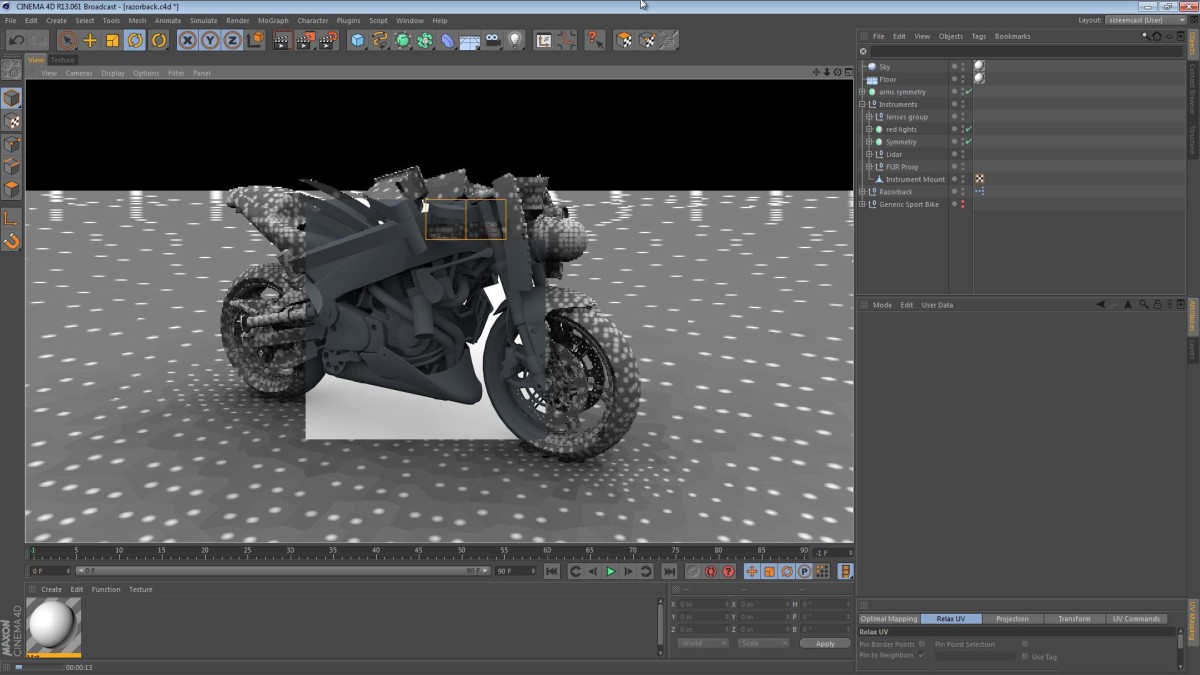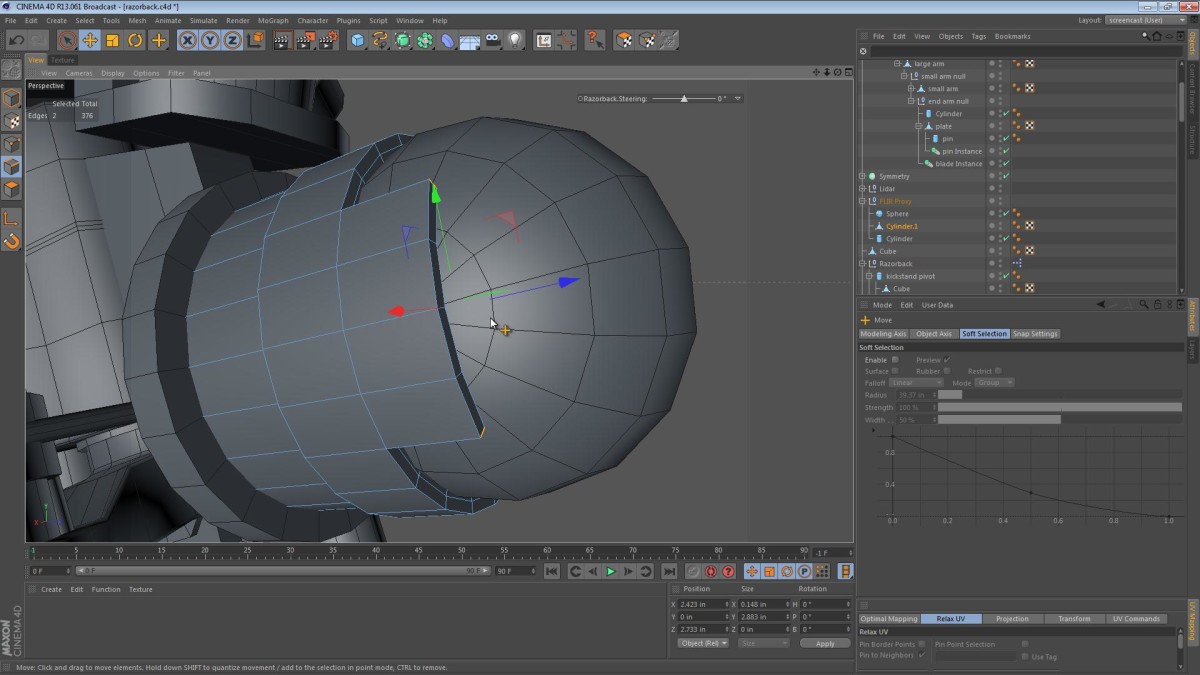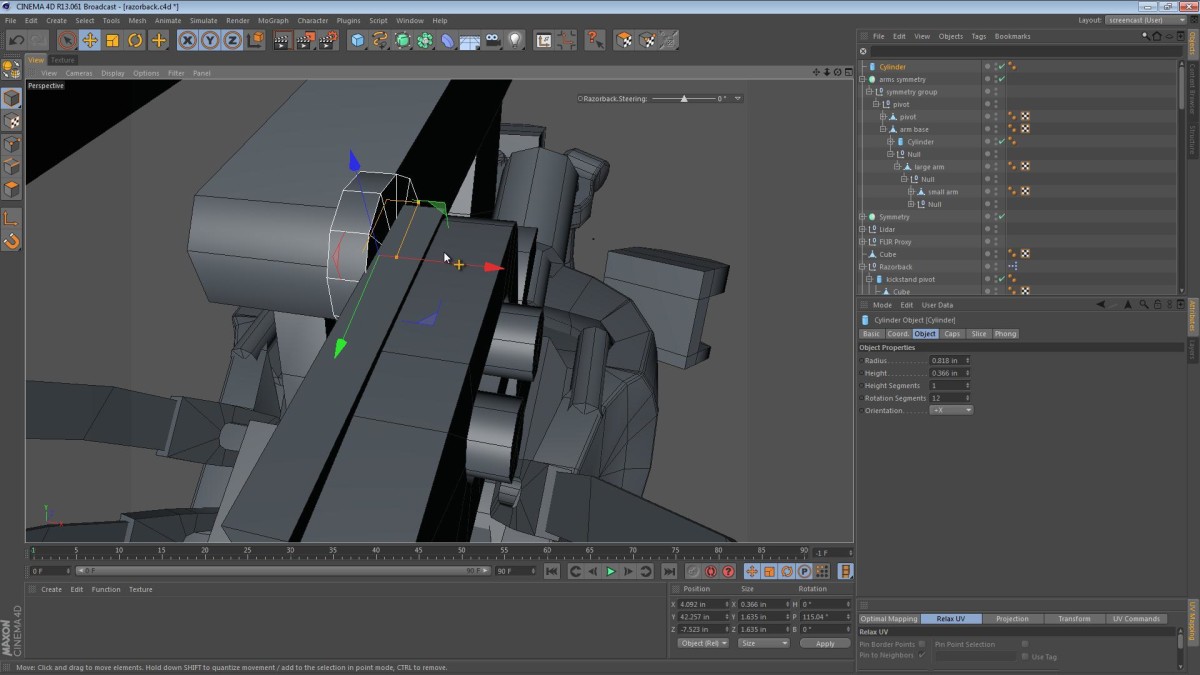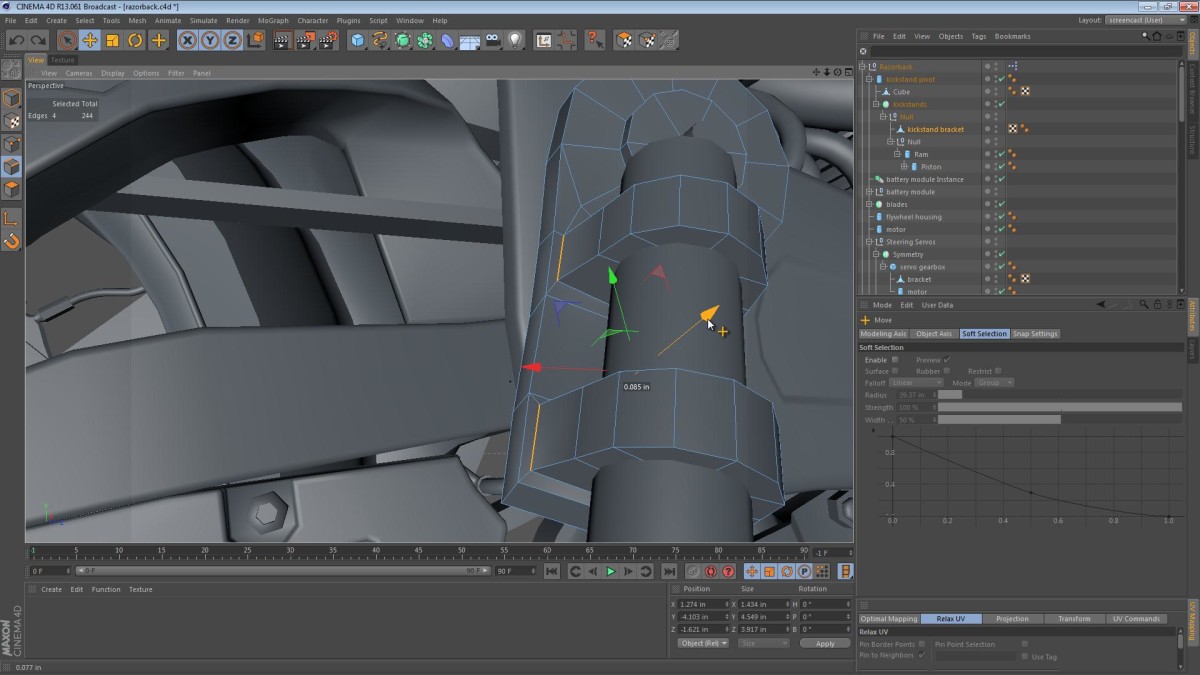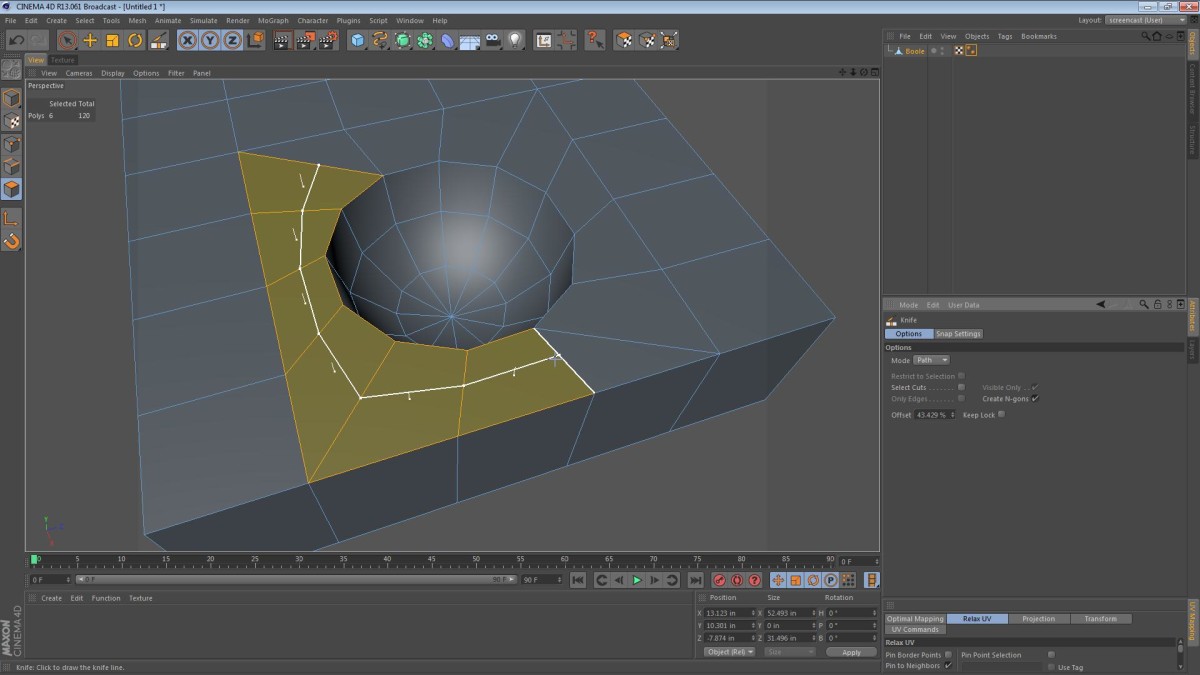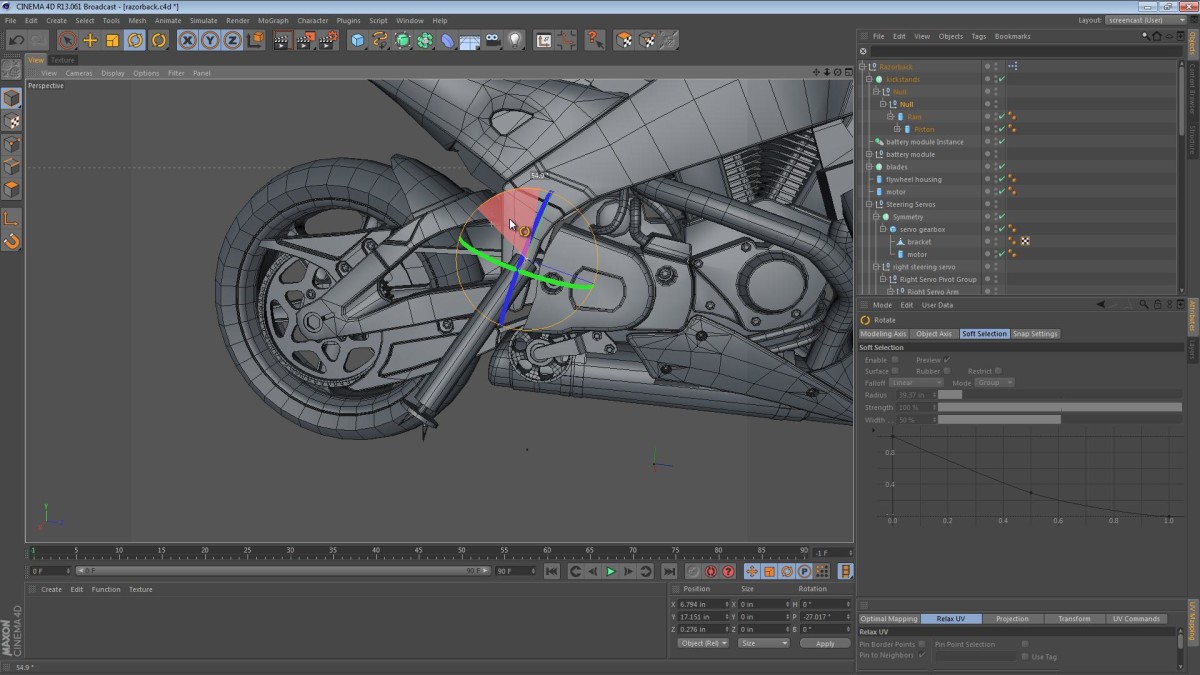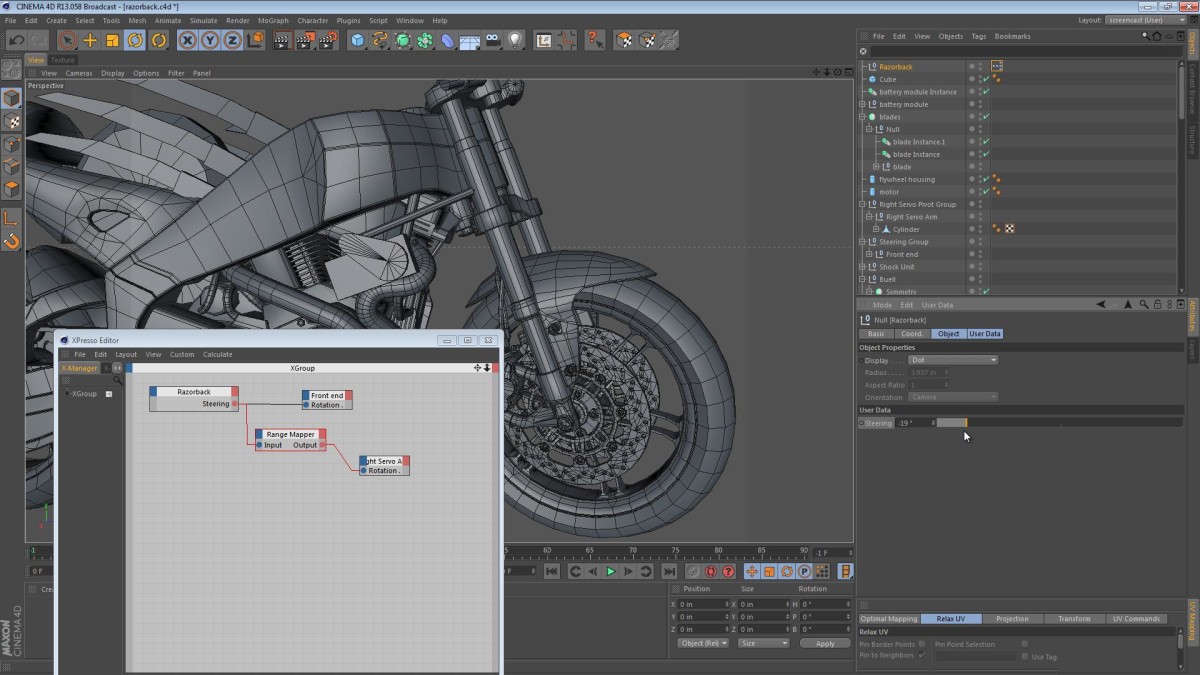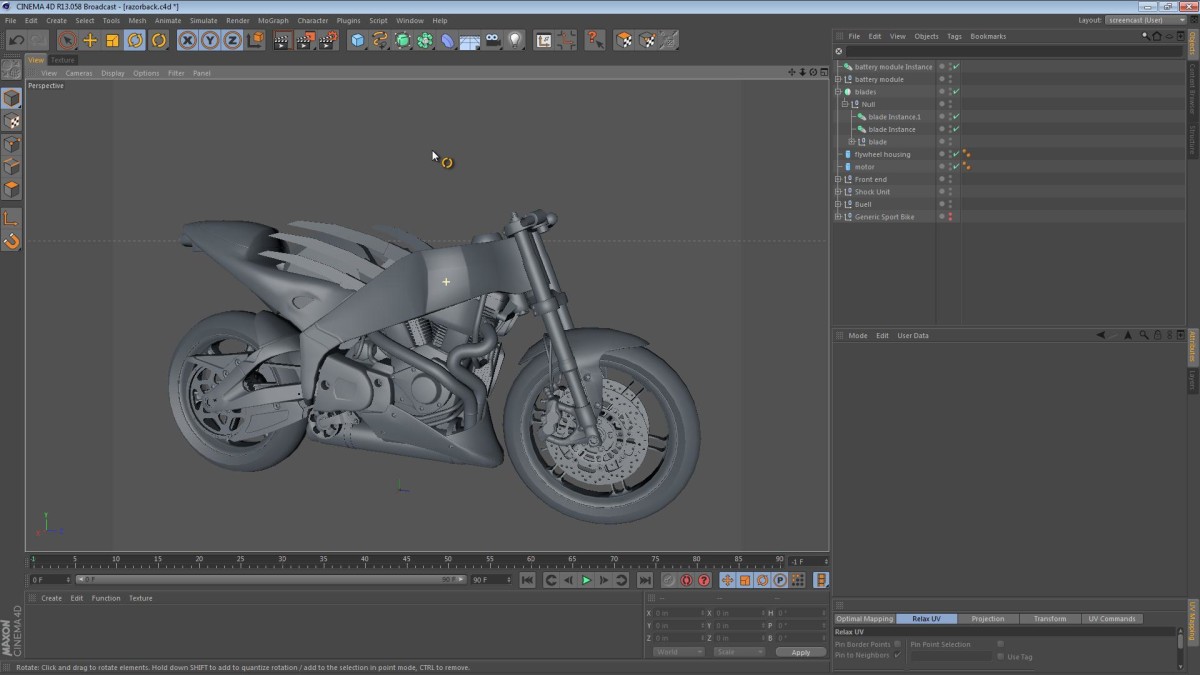The Flywheel
There’s not much talk in Daemon about the flywheel. We know that it’s a “Graphite-epoxy flywheel spinning at seventy thousand rpm in a vacuum. Floating on a bed of magnetism.” This detail is interesting as it would be easier to float the flywheel if it were horizontally mounted, and it would likely have better gyroscopic characteristics if it were hard mounted using bearings—again, I’m not an engineer.
Blades
The blades are currently simple proxy objects. If any of you think you know what kind of blade it should be, post a comment and let me know what it’s called. If you have specs and an idea of why the blade should be that particular type, let me know.
Read on for the video; this time it weighs in at around 20 minutes.
Read More
